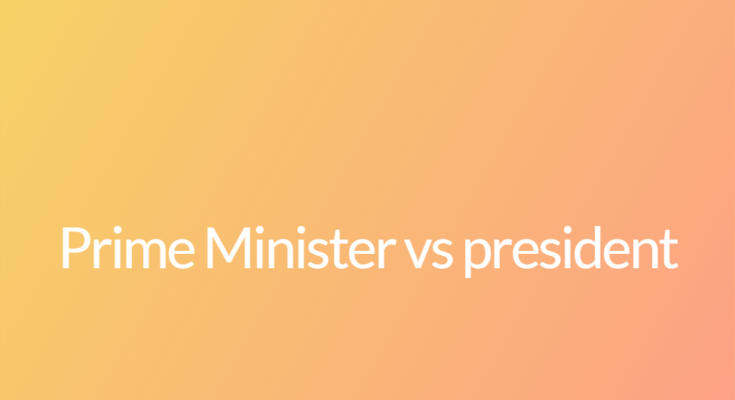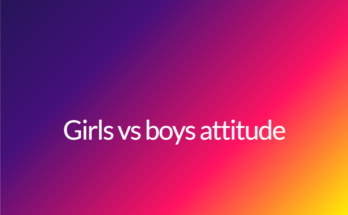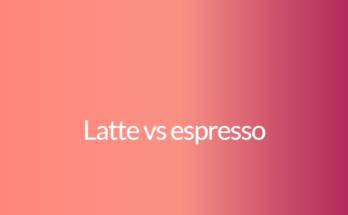| Prime Minister | President |
|---|---|
| Head of government, appointed by the ruling party or elected by the parliament | Head of state, either elected directly by the people or indirectly by an electoral college |
| The Prime Minister is usually a member of the legislative branch and an elected member of parliament. | The President is often not a member of the legislative branch and is elected separately from the parliament. |
| Responsible for running the government and implementing policies. | Represents the country and performs ceremonial duties, while the executive power is usually held by the Prime Minister or the Council of Ministers. |
| Can be removed from office through a vote of no confidence by the parliament. | Can be impeached or removed from office through a specific legal process, usually involving the legislature. |
| Can exercise both executive and legislative powers. | Usually has limited executive powers and is more focused on representing the country internationally. |
| May have a term length that is not fixed and can change based on political circumstances. | Typically has a fixed term of office, often ranging from four to six years. |
| Often leads a government made up of multiple parties in a parliamentary system. | Represents a single political party or is an independent candidate. |
| Can be from any political party, depending on the structure of the government. | Is usually not affiliated with any political party and remains neutral. |
| Can be responsible for appointing and dismissing government officials. | Usually does not have the power to appoint or dismiss government officials. |
According to the information provided in the table, there are several key differences between a Prime Minister and a President.
A Prime Minister is the head of government and is appointed by the ruling party or elected by the parliament. They are usually a member of the legislative branch and responsible for running the government and implementing policies. The Prime Minister can also exercise both executive and legislative powers. They can be removed from office through a vote of no confidence by the parliament. Additionally, the term length of a Prime Minister may not be fixed and can change based on political circumstances. They often lead a government made up of multiple parties in a parliamentary system and can be from any political party, depending on the structure of the government. Prime Ministers can also be responsible for appointing and dismissing government officials.
On the other hand, a President is the head of state and is often elected directly by the people or indirectly by an electoral college. They are usually not a member of the legislative branch and their primary role is to represent the country and perform ceremonial duties. The executive power is usually held by the Prime Minister or the Council of Ministers. Presidents have limited executive powers and are more focused on representing the country internationally. They can be impeached or removed from office through a specific legal process, usually involving the legislature. Presidents typically have a fixed term of office, often ranging from four to six years. They are usually not affiliated with any political party and remain neutral.
In summary, while both the Prime Minister and the President hold significant positions in a country’s government, their roles, powers, and methods of appointment or election differ. The Prime Minister is the head of government, responsible for running the government and implementing policies, while the President is the head of state, representing the country and performing ceremonial duties.



